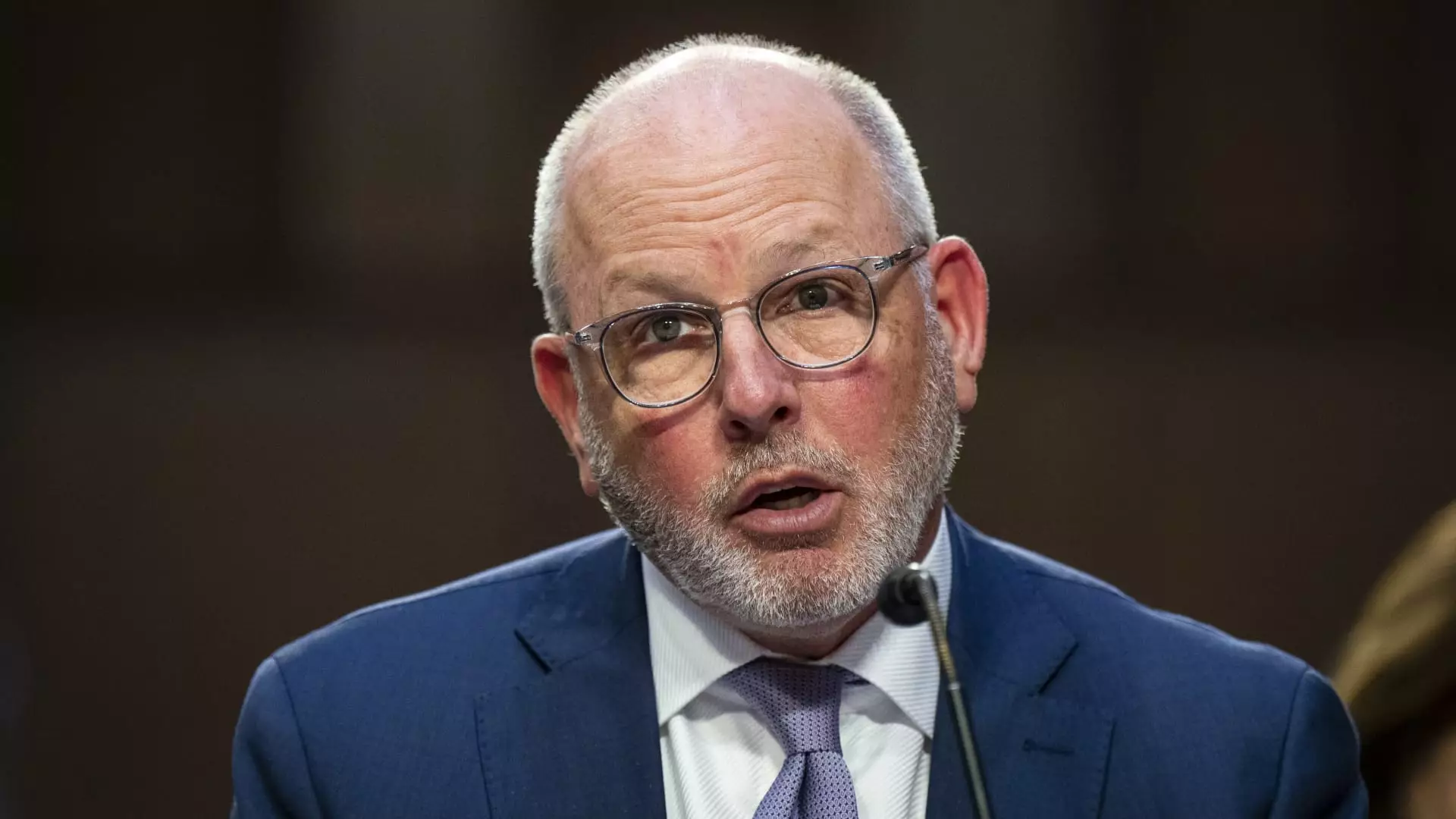In an evolving healthcare landscape, the role of Pharmacy Benefit Managers (PBMs) has come under increasing scrutiny. Recently, CVS Health’s CEO, David Joyner, took the stage during the company’s fourth-quarter earnings call to defend PBMs, particularly Caremark, from allegations of inflating prescription prices. Joyner’s remarks reflect a growing tension between pharmaceutical manufacturers, PBMs, and policymakers, who have expressed a strong interest in reforming the pharmaceutical pricing system in the United States.
Joyner argues that PBMs like Caremark counteract the “monopolistic tendencies” of drug manufacturers which he believes solely contribute to the inflated drug costs endured by consumers and the healthcare system. His perspective sheds light on a viewpoint that many in the pharmaceutical industry would counterargue: that PBMs hold a significant amount of market power and are partly responsible for the high prices patients face at the pharmacy. This sophisticated dichotomy raises questions about how profits are generated and distributed within the healthcare supply chain.
The claim of monopolistic behavior from drug manufacturers, though prevalent, can complicate a straightforward narrative about who is to blame for high prices. Joyner’s assertion points to the pricing strategies employed by drugmakers, which reportedly added an astonishing $21 billion in gross drug spending within a mere three weeks. However, such claims often lack rigorous validation, fueling debates about credibility and accountability throughout the industry.
The Nature of PBMs’ Operations
PBMs act as intermediaries, negotiating rebates with these same drug manufacturers, creating formularies for insurers, and overseeing reimbursement processes for pharmacies. Proponents argue that they play a crucial role in managing prescription drug costs for employers and patients by negotiating lower prices and passing some of these savings on to consumers. For Joyner, assertions of PBMs’ profitability—where they purportedly pocket negotiated discounts rather than pass them on—must be met with a broader understanding of their operational structure.
This narrative, however, meets resistance from various stakeholders. Drug manufacturers argue that PBMs are contributing to the opacity of drug pricing, leaving patients in the dark about the actual costs of the medications they are prescribed. Both lawmakers and the pharmaceutical lobby have voiced concerns about stringent controls placed by PBMs, claiming they frequently do not pass savings from negotiated discounts back to patients, further entrenching the existing problem of accessibility to affordable medication.
Political and Economic Backlash
Joyner’s defense comes at a time when there is bipartisan interest in investigating the practices of PBMs. Prominent voices from both sides of the political spectrum, including legislators and industry leaders, are calling for increased scrutiny on these intermediaries. The Federal Trade Commission (FTC) is reportedly looking into the practices of PBMs, examining whether their operations align with the best interests of consumers.
Despite claims from PBM advocates asserting that they save the U.S. healthcare system over $100 billion annually, these numbers remain controversial. The effectiveness of PBMs as cost-reducers is questioned in light of the ongoing rise in drug prices and healthcare expenses. Many in the healthcare sector fear that without transparency in how costs are managed between PBMs and drug manufacturers, public distrust will only grow.
As the dialogue surrounding PBMs and their impact on healthcare continues to evolve, one thing remains clear: accountability is crucial. Manufacturers, PBMs, and health policymakers must prioritize clear, evidence-based discussions about the roles each entity plays in the intricate web of pharmaceutical pricing.
While David Joyner’s assertions highlight an important counter-narrative in the contentious debate over prescription drug costs, they also illustrate the complex interplay of interests within the healthcare market. The future will require transparency, collaboration, and innovative solutions to ensure that patients receive the affordable medications they deserve, without further entrenching monopolistic practices on any side of the equation.

Leave a Reply